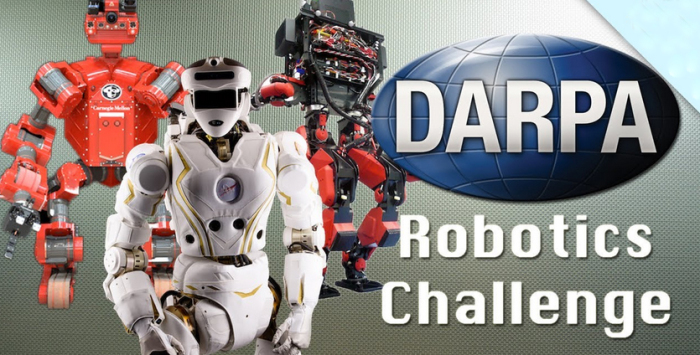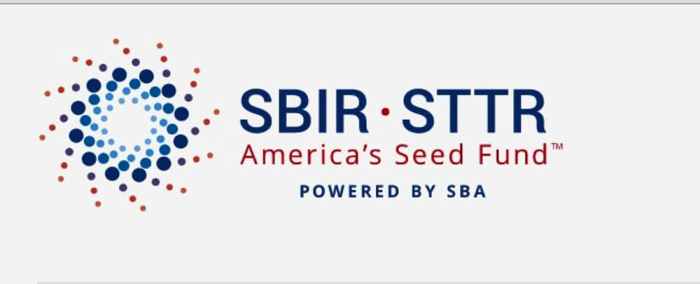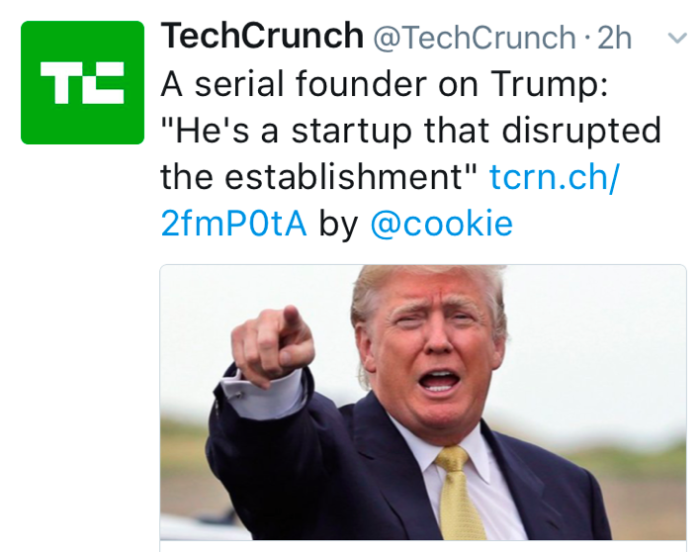Since the beginning of the republic, Presidents have had a great deal of influence on promoting innovation. A year after Alexander Graham Bell spoke the first words on the telephone to Mr. Watson, Rutherford B. Hayes installed a phone in the White House. One hundred and thirty years later, President Bush was still struggling to figure it out:
The Obama administration has prided itself on its relationship with emerging technologies, from hosting White House Science Fairs to the Frontiers Conference this past August at Carnegie Mellon University. This week the administration updated the U.S. Robotics Roadmap that was first initiated by the President in 2009. Henrik Christensen the author of the Roadmap, and director of UC San Diego’s Institute for Contextual Robotics, explained that the purpose of the document is to identify the future impact of robotics technology on the country; outline its economic, social, and security needs; and to provide a strategy for addressing various scientific and technological challenges.
As an example, the 2009 version helped build support for the National Robotics Initiative that President Barack Obama announced in 2011 to accelerate the development of next-generation collaborative robots, or “cobots,” that work side-by-side with people (e.g., Baxter and Sawyer). Since then, Christensen said, the initiative has provided about $400 million in basic funding for robotics research and development throughout the United States.
As we say farewell to President Obama and welcome a new President, it is important to outline how government can be a force for good in regards to innovation. President-Elect Trump might be encouraged to learn that robots today are catalyzing a resurgence in U.S. manufacturing, as 900,000 new jobs have been created over the last six years. According to Christensen, “there is a strong correlation between the growth of robotics in manufacturing and job growth in the U.S.”
To better understand how a President Trump might act with the purse strings of the US government, we should look at the last time that a Republican occupied the White House. In 2007, President George W. Bush vetoed a bill to boost federal funding for the National Institutes of Health (NIH) from $29 billion to $30 billion. In a statement released by the White House then, the president decried the Democrat-led Congress for “acting like a teenager with a new credit card.”
By contrast, President Obama’s budget proposal for Fiscal Year 2017, increases NIH spending to over $33 billion to fund a range of biomedical initiatives including ones in precision medicine, cancer treatment and diagnosis, and brain research. The money, which includes $1.8 billion in mandatory funding, would allow for nearly 10,000 new and competing NIH grants that would support efforts to “better understand the fundamental biological mechanisms that underpin health and disease to improve health and save lives,” President Obama said in the budget proposal. This parallels very well with Vice President Biden’s charge of a moonshot initiative to eliminate cancer all together.
Grants for healthcare robots are critical for the growing population of our nation’s elderly and disabled. According to the Roadmap, over 20 percent of the world’s population has a motor, cognitive, or sensory impairment—and this number will only grow with the aging of the Baby Boomer generation. In Christensen words, “we need to help the elderly stay in their homes…and robots can help us get there.”
Another way the government promotes innovation is through the The Defense Advanced Research Projects Agency (DARPA). DARPA was created in February 1958 by President Dwight D. Eisenhower. Under the Bush administration DARPA drastically reduced the role of universities in IT research projects it funded and shifted both power and money to corporations. This was a break with a long-standing pillar of the modern computing age, in which government-funds university research that gives rise to multi-billion-dollar industry after multi-billion-dollar industry. In fact, it is quite possible that the Internet might never have been created under the parameters of the Bush administration.
Unfortunately, the Obama administration has kept DARPA funding at the same level ($2.9B) as when President Bush left office (maybe due to the sequester). The spirit of funding has changed as government is now one of the most prolific (non-equity) seed investors in the robotics and artificial intelligence space. One of President Obama’s pet projects is the BRAIN Initiative that aims to “leverage brain-function research to alleviate the burden of illness and injury and provide novel, neurotechnology-based capabilities for military personnel and civilians alike.” In addition, DARPA is working to improve researchers’ ability to understand the brain by fostering advancements in data handling, imaging, and advanced analytics (see past posts).
The BRAIN Initiative fits into the the Robotics Roadmap recommendations as another key area for future research is human-robot interaction. Future robots are expected to work in human environments, with interactions ranging from a factory operator supervising manufacturing robots to an older adult receiving care from a rehabilitation robot. Such uses will require interfaces that humans can operate effectively and intuitively, even though they vary substantially in background, training, physical and cognitive abilities, and in their readiness to adopt new technologies. We have already seen new grants to utilize the human brain for both control and machine application design leading to cyborg human augmentation and humanoid innovations.
A third pillar of funding technology is the grant system of The Small Business Innovation Research (SBIR) program. President Reagan in 1982 passed the Small Business Innovation Development Act to award federal research grants to small businesses, “to provide funding for some of the best early-stage innovation ideas — ideas that, however promising, are still too high risk for private investors, including venture capital firms.” The SBIR program works across 11 federal agencies to allocate 2.8% of their R&D budgets to these grants. A big question is whether a President Trump will continue to bolster the SBIR grant system to spark greater American-led innovation, or cut it and label it as entitlement spending. Most industrial countries, including China and Germany, have devised robotics strategies to 2020; however, Trump has yet to disclose his opinions on robotics so it is unclear if he will follow the updated Robotics Roadmap.
What do we know about Trump?
Robots fit into the President-elect’s vision of “Made in America” as they have been proven to be job growth magnets and a replacement to illegal labor. As a more insular federal government takes office, it will need to partner with education to create and train a new 21st century workforce to teach robotic skills for “gray collar jobs.” Gray-collar jobs are somewhere between white-collar office tasks and older factory work that involves operating or supervising machinery (like robots). If they pay living wages, this category could grow as re-shoring increases. In addition, his immigration policy would most probably lead to changes in the H-1B visa program leading to an increased demand for U.S. workers and robots, particularly in agriculture, retail, and hospitality.
Trump also promises to be the “Law & Order” president. According to Christensen, unmanned systems technology developed to satisfy military needs is often well-suited for “dual use” applications in public safety and first-responder situations. Large systems like the Predator are being used to patrol U.S. borders, and smaller drones offer a way to provide real-time intelligence in natural disasters. A President Trump would most likely utilize robots for increased surveillance of utility power lines, pipelines, and other critical infrastructure.
Finally, Trump promises to cut the red-tape of Washington for businesses. Regulatory reform in robotics could be both dangerous as well as embraced by the community. Already we have seen the drone industry slowed by the FAA’s procrastination and the autonomous car sector confused by multiple state laws. A streamlined system that promotes safe innovation could give birth to a rise of new many inventions (including useless Transformers below). In addition, removing investment roadblocks like Sarbanes-Oxley could open up the stagnant IPO market to privately funded robotic companies and providing real liquidity for their investors.
As tempers settle, we all are hoping to find out what “Make America Great Again” really means, hopefully it has something to do with robots…
Image credit: CC by DonkeyHotey







